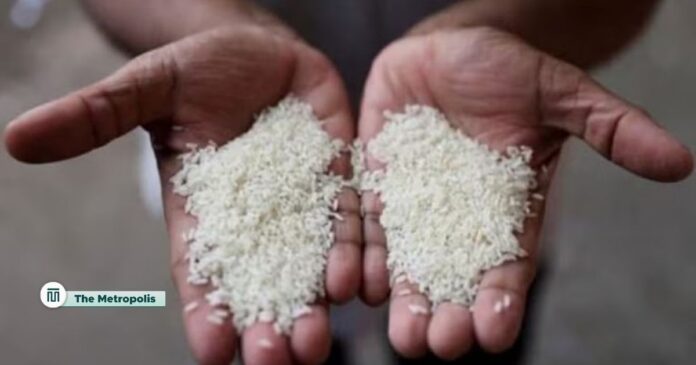India reduced the export duty on parboiled rice to 10% from 20% and lifted its export ban on non-basmati white rice with immediate effect, according to a notification cited by PTI.
In order to ensure a sufficient domestic supply and maintain price control, one of the world’s largest rice exporters enforced the ban in July 2023.
Our correspondent in New Delhi reports that rice exporters hailed the decision, calling it a “game-changer” for the industry.
The agricultural industry will never be the same after India’s audacious move to remove export limits on non-basmati white rice, according to Suraj Agarwal, CEO of Rice Villa.
“This strategic move will not only boost the income of exporters but also that of farmers, who can expect higher returns with the impending arrival of the new kharif crop,” he stated.
As grain stocks soared and farmers prepared to harvest a new crop in the upcoming weeks, the lifting of the ban was clearly imminent.
Prior to the state assembly elections in Maharashtra and Haryana, where growers hold significant political sway, Indian Prime Minister Narendra Modi introduced a number of farm measures in September with the goal of increasing farmers’ incomes.
The government has enough leeway to consider easing restrictions on rice exports because the state-owned Food Corporation of India’s rice stocks as of September 1 were 32.3 million metric tons, 38.6% more than the same period last year.
India’s monsoon season picked up speed in September after a sluggish start in June. The IMD estimates that the four-month season, which starts in June, will see an average to normal rainfall of 106-40%.
During the rainy months of June and July, farmers plant rice for summer sowing, and in October, the harvest begins.



